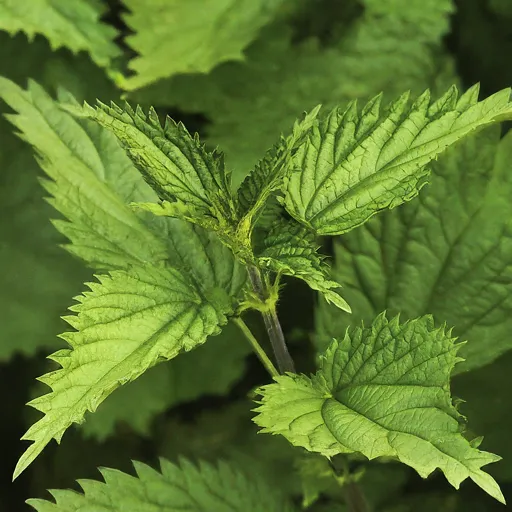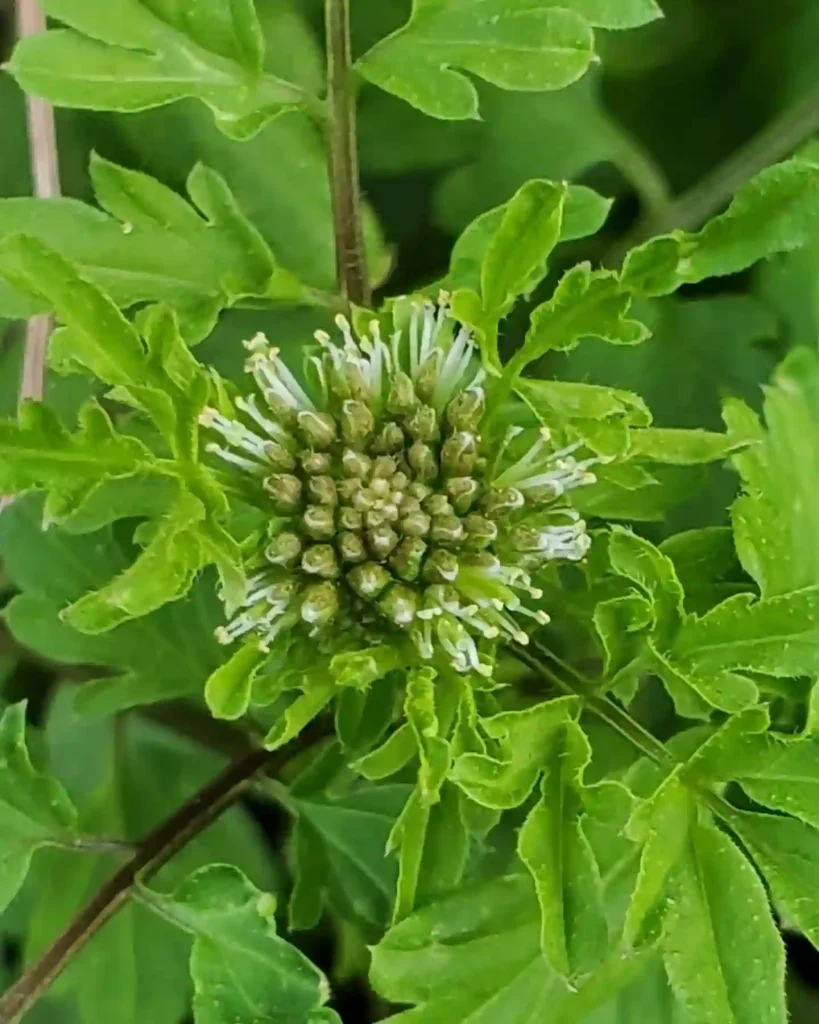
Climbing Roses: A Gardener’s Guide to Vertical Beauty
Climbing roses have always held a special place in my heart. Their ability to transform a blank wall or boring fence into a cascading display of blooms is pure magic. But unlike their bush rose cousins, these vertical climbers require a little more know-how. Over the years, I’ve learned a thing or two about coaxing the best out of these beauties, and I’m here to share those secrets with you.
What is a Climbing Rose?
Not all roses are created equal. Climbing roses, as the name suggests, are a special type of rose that produces long, rambling canes designed to clamber upwards. These canes can reach impressive heights, easily exceeding 10 feet with proper care. Unlike rambling roses, which sprawl in a somewhat uncontrolled manner, climbing roses have a more controlled growth habit, making them ideal for training on structures like trellises, arches, or pergolas.
How to Train Climbing Roses?
Training a climbing rose is part art, part patience. The key is to gently guide the young canes in the direction you desire during their first few years. Use soft gardening twine or wire to loosely secure the canes to your chosen support structure. As the canes mature and thicken, they’ll develop tiny hooks that naturally cling to the support, eliminating the need for further tying.
Tip: Prune judiciously in the early years. Focus on removing any dead, diseased, or wayward canes to encourage the plant to direct its energy towards growth in the desired direction.
How Fast Do Climbing Roses Grow?
Climbing roses are generally vigorous growers, putting on several feet of growth per year once established. However, their initial growth spurt might not be as impressive. Be patient – the first year is all about the plant developing a strong root system. In the second year, you’ll start to see significant growth above ground.
Why Is My Climbing Rose Not Flowering?
A lack of blooms on your climbing rose can be frustrating. There are a few reasons this might happen. The most common culprit is insufficient sunlight. Climbing roses are sun-worshippers, requiring at least 6-8 hours of direct sunlight daily to produce flowers. Another possibility is improper pruning. Overenthusiastic pruning can remove flower buds. Finally, check for any signs of disease or pests that might be hindering flower development.
How to Prune Climbing Roses?
Unlike their bush rose counterparts, climbing roses require minimal pruning. The main focus should be on removing dead, diseased, or damaged canes. Additionally, you can prune to control size and shape, or to encourage new growth. The best time to prune climbing roses is in late winter or early spring, before new growth begins.
Tip: When pruning, make clean cuts at a 45-degree angle just above an outward-facing bud.
How to Deadhead Climbing Roses?
Deadheading, the practice of removing spent flowers, is a great way to encourage repeat blooming in your climbing rose. Simply snip off the wilted flower head just below the base of the five petals. This not only keeps your rose looking neat but also signals the plant to produce more flowers.
Can Climbing Roses Grow in Shade?
While climbing roses will tolerate some dappled shade, they won’t flower well in full shade. For abundant blooms, aim for a location that receives at least 6-8 hours of direct sunlight daily.
Do Climbing Roses Have Thorns?
Most climbing roses do have thorns, although some varieties have fewer or even thornless canes. If you’re concerned about thorns, especially if you have children or pets, there are several thornless varieties available.
Can Climbing Roses Be Grown in Pots?
While climbing roses are best suited for growing on structures outdoors, you can technically grow them in pots. However, keep in mind that they’ll need a very large pot (at least 25 gallons) to accommodate their extensive root system. Choose a sunny location and be prepared to provide regular watering and feeding.
Climbing Roses: A Rewarding Addition to Your Garden
With a little care and attention, climbing roses can become the focal point of your garden. Their beauty and fragrance are unmatched, and the satisfaction of nurturing these vertical wonders is truly rewarding. So, grab your gardening gloves, pick your favorite variety, and get ready to add a touch of magic to your vertical spaces.
If i die, water my plants!



